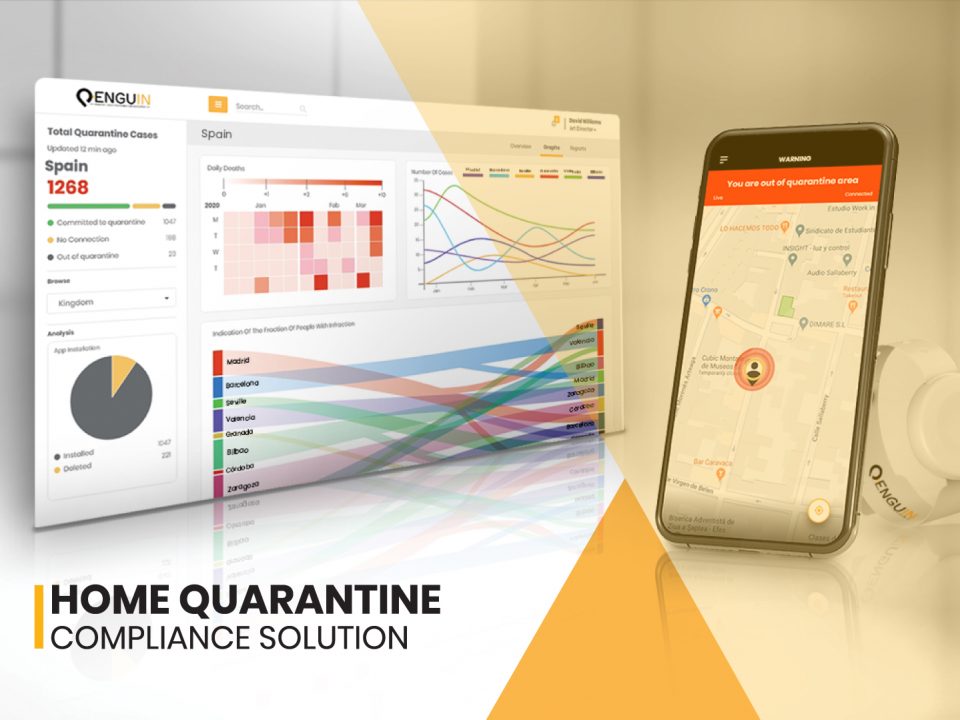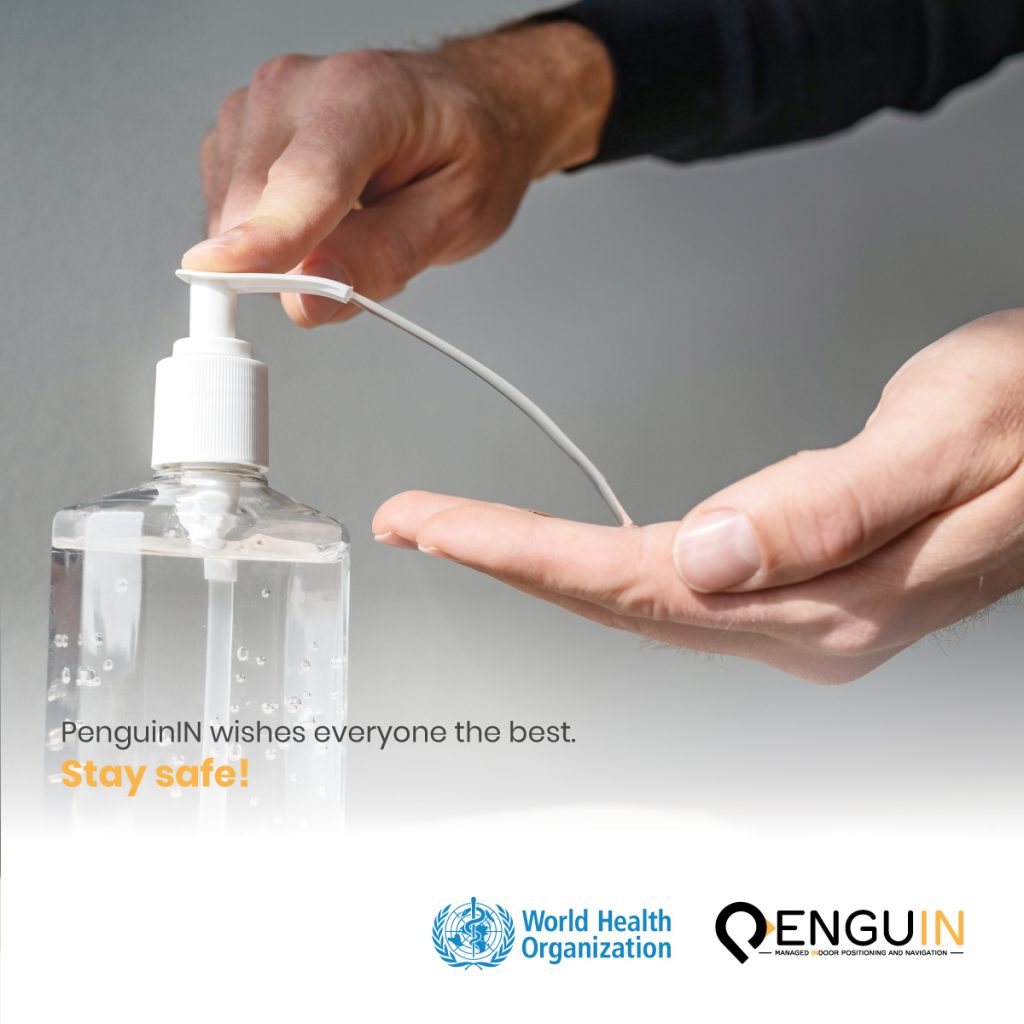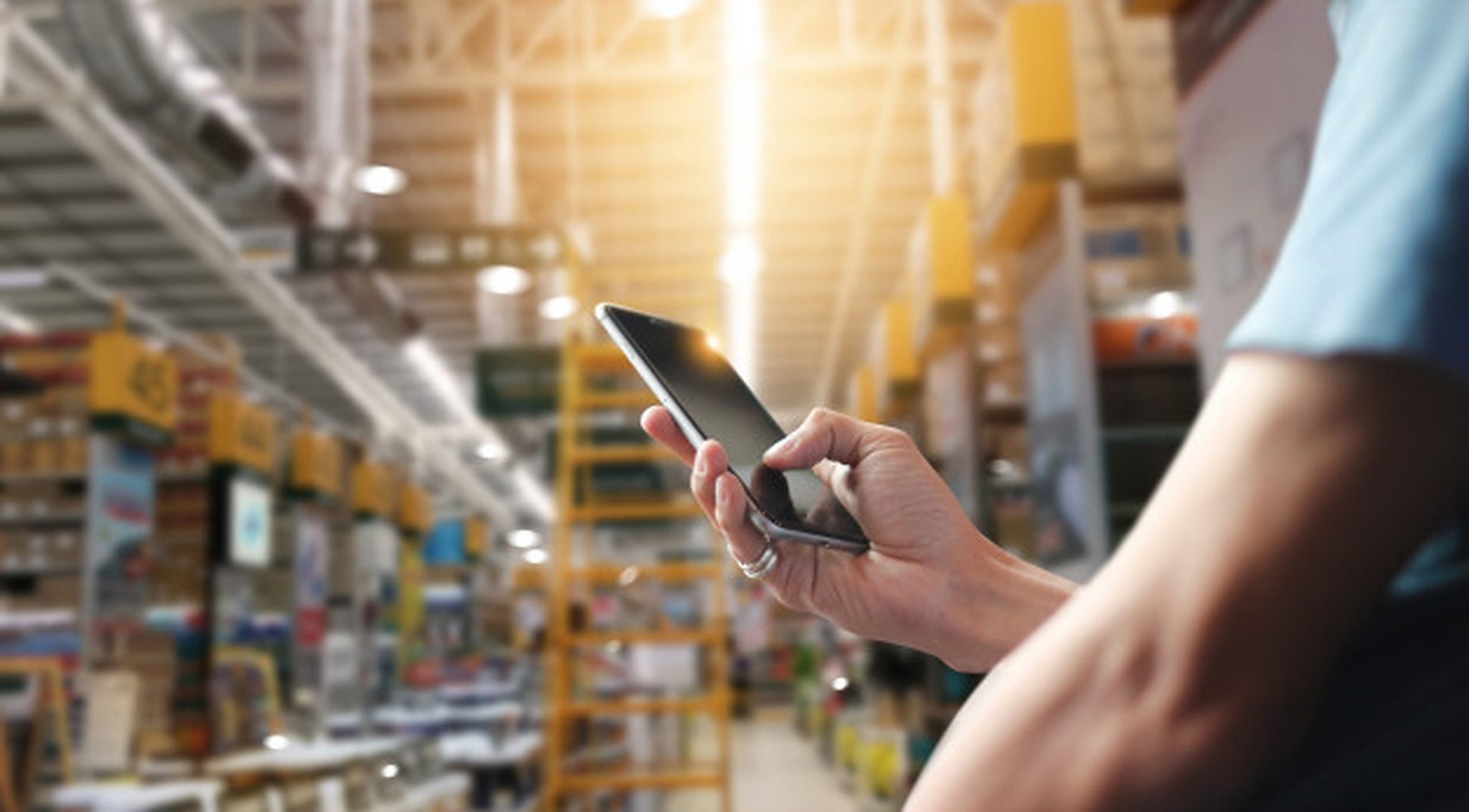COVID-19 Home Quarantine Compliance: Advanced Indoor Positioning Technology for Pandemic Response
The COVID-19 pandemic took the world by surprise. As a result, many governments found themselves poorly equipped to deal with this dynamic global public health emergency. Although home-based quarantine is a cost-effective containment strategy and infection control measure when applied correctly, a key limitation remains: compliance monitoring and effective quarantine enforcement for pandemic containment.
Penguin Location Services Home Quarantine Solution: Indoor Positioning Innovation
At Penguin Location Services, we applied our patent-pending indoor positioning technology to build a complete home quarantine compliance solution. Furthermore, our innovative indoor positioning system addresses the critical need for reliable quarantine monitoring during the coronavirus pandemic.
How Our Indoor Positioning Quarantine Monitoring System Works
Our quarantine compliance solution uses advanced indoor positioning technology through a special bracelet paired to an app on the patient’s mobile phone. Moreover, this indoor positioning system ensures that the patient stays inside the quarantine area for the entire quarantine time.
Technology Provides:
- Real-time indoor positioning for quarantined people
- Automated compliance tracking throughout the quarantine period using indoor positioning sensors
- Additionally, seamless integration with existing healthcare monitoring systems
- Cost-effective option to facility-based quarantine powered by indoor positioning infrastructure
Key Features of Our COVID-19 Indoor Positioning Quarantine Technology
Modular and Flexible Indoor Positioning Setup
“It is highly modular and can be adopted in bits and pieces to fit the needs of the client,” said Raed Nayfeh, Penguin Location Services’ Regional Sales Manager. “Furthermore, we have already been working with some of the regional governments and are very excited to be part of large-scale rollouts today.”
Advanced Indoor Positioning Detection Abilities
“Key features of our solution are the detection – in real-time – of the bracelet status (worn vs. taken-off), secure indoor positioning location tracking, automated rule-breaking detection, and seamless onboarding,” said Mai Aqel, Product Manager at Penguin Location Services.
Complete Quarantine Compliance Reporting Through Indoor Positioning
The reporting tool offers a compliance score showing the level of compliance of quarantined people to COVID-19 rules. In addition, this indoor positioning-based compliance score guides healthcare teams in the field by offering:
- Real-time compliance monitoring for quarantined patients via indoor positioning data
- Automated alerts for possible quarantine breaks detected through indoor positioning sensors
- Moreover, complete analytics for public health decision-making based on indoor positioning insights
- Streamlined workflow handling for healthcare managers
Benefits for Government and Healthcare Organizations
Cost-Effective Pandemic Response with Indoor Positioning
- Reduces need for facility-based quarantine centers through accurate indoor positioning
- Furthermore, enables large-scale quarantine monitoring with minimal resources using indoor positioning infrastructure
- Supports government pandemic response plans with reliable indoor positioning technology
Better Public Health Safety Through Indoor Positioning
- Real-time monitoring ensures quarantine compliance via continuous indoor positioning tracking
- Additionally, automated detection prevents possible community spread using indoor positioning alerts
- Complete reporting supports contact tracing efforts with indoor positioning data analytics
Scalable Indoor Positioning Setup
- Modular indoor positioning design allows for phased rollout
- Also, adaptable indoor positioning solution for different government needs and rules
- Suitable for large-scale population monitoring during pandemics through scalable indoor positioning networks
Proven Indoor Positioning Technology for COVID-19 Response
Penguin Location Services’ indoor positioning technology has been successfully rolled out working with regional governments. Consequently, this demonstrates our ability to support large-scale pandemic response efforts. Our indoor positioning-powered quarantine compliance solution represents a critical tool in the fight against COVID-19 community spread.
Contact Penguin Location Services for Indoor Positioning Quarantine Solutions
To learn more about our COVID-19 quarantine compliance technology powered by advanced indoor positioning and how it can support your organization’s pandemic response efforts, please contact us today. Alternatively, share your needs with our team.
Our indoor positioning-based home quarantine monitoring solution provides the reliability, scalability, and compliance tracking that governments and healthcare organizations need during the ongoing coronavirus pandemic.
**Transform your pandemic response with cutting-edge indoor positioning technology from Penguin Location Services.






